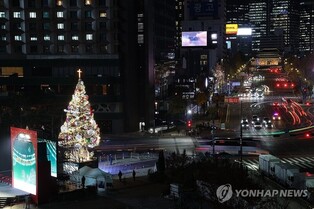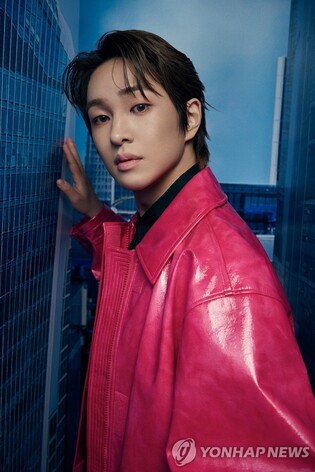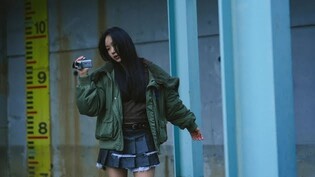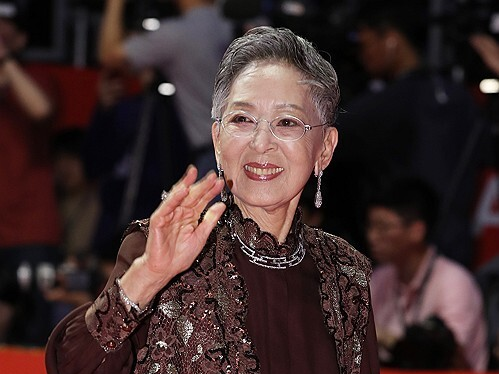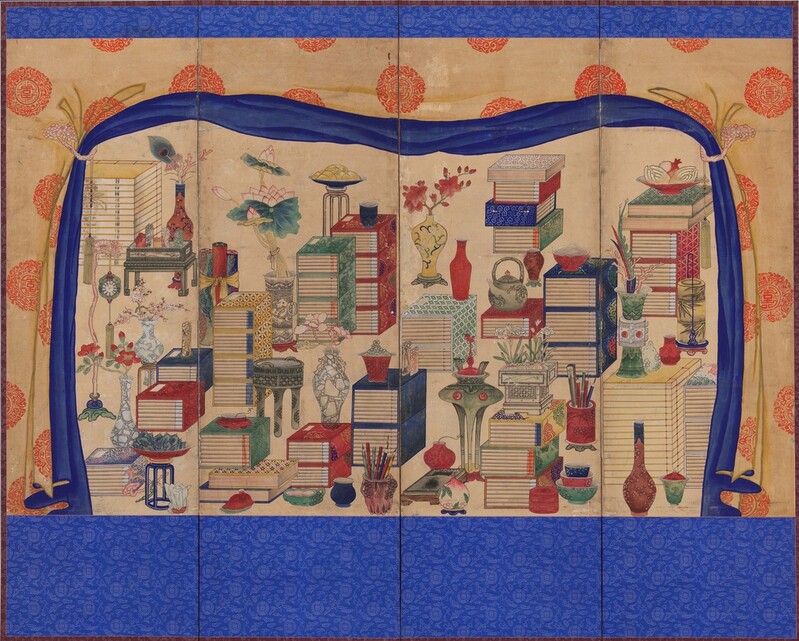 |
| ▲This photo, provided by The National Palace Museum of Korea, shows “Folding Screen of Books and Scholars’ Utensils." (PHOTO NOT FOR SALE) (Yonhap) |
SEOUL, September 5 (Yonhap) -- The “Folding Screen of Books and Scholars’ Utensils” was chose as the “Curator’s Choice from the Royal Treasures” for the month of September and it is now placed at the National Palace Museum of Korea.
The four-panel folding screen with a painting that depicts books, scholarly accoutrement, fruit and flowers symbolizing good fortune and auspiciousness, and rare curiosities from China, all arranged behind a rolled-up curtain.
They were placed in Pyeonjeon Hall where the king managed everyday administrative matters and in Donggung Palace (the residential space of the crown prince) to convey the wish that he would devote himself to learning.
The depiction of books and scholars’ accoutrements in munbangdo paintings demonstrates the royal family’s passion for study and learning. It also illustrates the popular hobby of collecting and appreciating curios.
Pomegranates containing many seeds symbolized fertility, peonies in full bloom represented wealth and prosperity, plum branches stood for dignity and virtue, and the Buddha’s hand citrus and narcissus suggested the Buddha and immortals. Together, these images embodied wishes for the peace and prosperity of the royal court.
The National Palace Museum of Korea houses a total of four folding screens of books and scholars’ utensils. In addition to the four-panel screen that is this month’s Curator’s Choice, two-panel folding screens of books and scholars’ utensils are displayed in the Paintings and Calligraphy of Joseon Royal Court Gallery.
Those unable to visit the gallery in person can still enjoy this month’s Curator’s Choice virtually through a video with Korean and English subtitles available on the museum’s website (gogung.go.kr) and on the YouTube channels of the museum and the Cultural Heritage Administration of Korea.
(This article is translated from Korean to English by Dowon Kim.)
(END)
(C) Yonhap News Agency. All Rights Reserved


















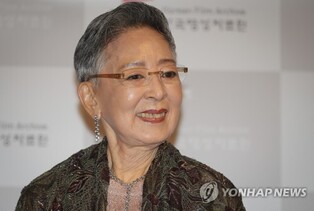
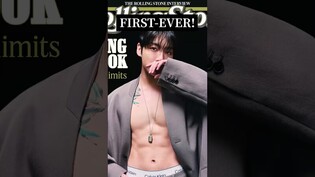
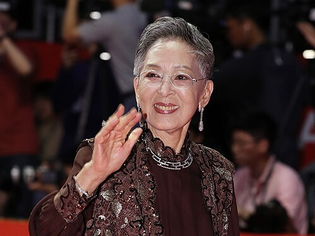
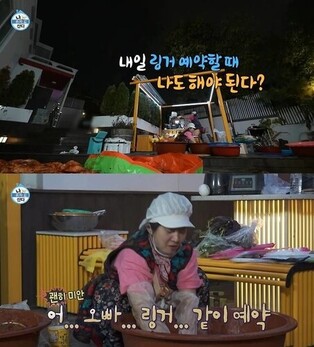
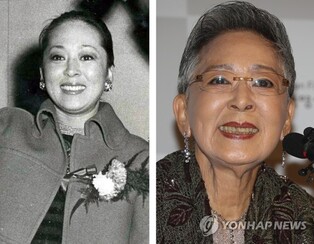
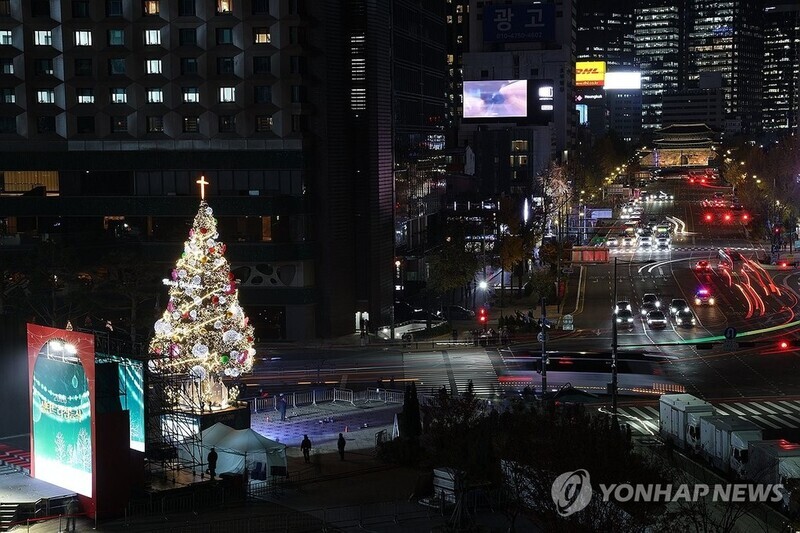
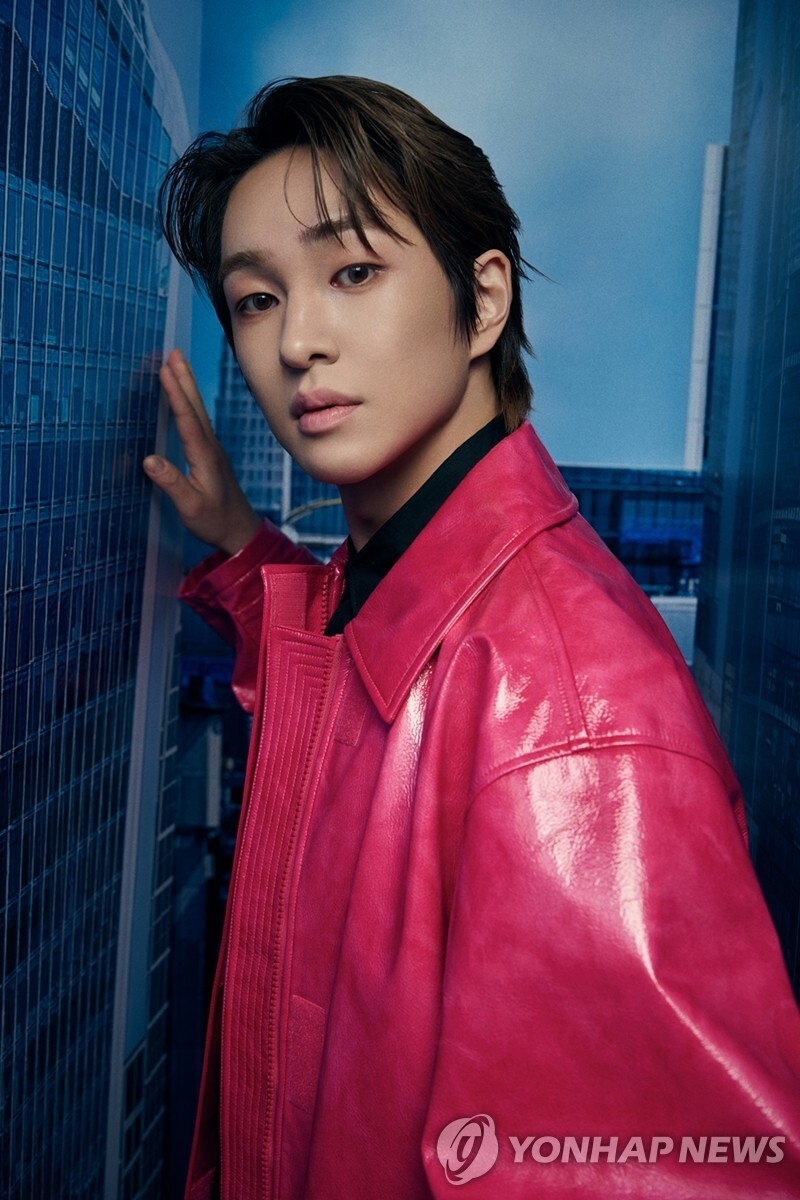
![[가요소식] 10대 싱어송라이터 민서, 데뷔 싱글](/news/data/20251211/yna1065624915952705_742_h2.jpg)
